Denoising Score Matching (DSM) is a foundational technique in generative modeling, particularly influential in developing diffusion models. The core idea is to estimate the score function, the gradient of the log-probability density of data, so that models can understand how real-world data is distributed.
By learning this gradient, a model can effectively reverse the noise-injection process, allowing it to generate high-fidelity synthetic data. DSM stands out because it bypasses the need to explicitly model the probability density function, making it more tractable for complex, high-dimensional data like images or audio.
Core Concepts in Denoising Score Matching
Score Function
The score function mathematically represents the direction in which the probability density of data increases the fastest. It is the gradient of the logarithm of the data distribution ∇x logp(x).
In simpler terms, it tells the model how to “climb” toward regions of higher data likelihood. Learning this gradient enables a model to navigate the underlying data manifold, making it capable of generating samples that resemble real data. This is especially useful in scenarios where the probability distribution is too complex to model directly.
Denoising Process
In DSM, a denoising task is a proxy for learning the score function. Gaussian noise is added to clean data samples to create a noisy version, and the model is trained to reconstruct the original data from these corrupted samples.
Over time, this process teaches the model the direction in which noise must be removed, an indirect approximation of the score function. This is both practical and effective, as denoising is a well-understood task that can be efficiently optimized using standard neural network architectures.
Training Procedure
Data Corruption
The first step in the DSM involves intentionally adding Gaussian noise to clean data samples. This simulates a corrupted data version and sets up the model’s training objective: to reverse this corruption. The noise level can vary, and training with multiple noise scales often improves model robustness.
Model Training
A deep convolutional or transformer-based neural network is often trained to predict the original data from its noisy counterpart. The loss function typically used is the mean squared error between the expected and actual clean data, which implicitly teaches the model the denoising direction.
Score Estimation
Once trained, the model does not just denoise; it estimates the score function for the data distribution. This means it can now guide the generation of new samples by gradually removing noise from random noise inputs, effectively simulating the reverse of the corruption process.
Applications of Denoising Score Matching
Image Generation
DSM has enabled the development of powerful diffusion models capable of generating ultra-realistic images from pure noise. These models have surpassed previous generative image clarity and diversity techniques, making them popular in art, gaming, and advertising.
Audio Synthesis
By applying DSM to audio data, models can generate natural-sounding audio clips, including speech, music, and ambient sounds. This opens up possibilities for applications like virtual assistants, music generation, and audio restoration.
Representation Learning
DSM-trained models learn rich internal representations of the data, which can be helpful for downstream tasks such as classification, clustering, or anomaly detection. These embeddings capture local and global features, enhancing model utility beyond generation.
Data Denoising
In addition to generating new data, DSM can be used in practical denoising applications, such as removing background noise from images or audio. It also helps restore corrupted files and improve data quality in preprocessing pipelines.
Advantages of Denoising Score Matching
High-Quality Samples
Because DSM explicitly learns the data distribution structure, it can generate samples that closely mimic real data, often outperforming other visual and perceptual fidelity models.
Stable Training
Unlike adversarial training in GANs, which is notoriously unstable due to the minimax nature of its optimization, DSM relies on a single, well-behaved loss function, resulting in more predictable and stable convergence.
Theoretical Foundation
DSM is grounded in solid statistical theory, specifically in score matching and noise-contrastive estimation. This theoretical robustness ensures that improvements are more interpretable and systematically designed.
Limitations of Denoising Score Matching
Computationally Intensive
Training DSM-based models, especially diffusion models, requires significant computational power due to the iterative nature of the denoising steps. Each training or sampling iteration is costly and often demands multiple passes through the network.
Sampling Speed
While the generation quality is high, sampling is relatively slow. Generating a single image may require hundreds or even thousands of denoising steps, making real-time applications challenging without optimization.
Comparison with Other Methods
| Feature | Denoising Score Matching | Generative Adversarial Networks (GANs) | Variational Autoencoders (VAEs) |
| Training Stability | High | Low | Moderate |
| High | High | Moderate | |
| High | Moderate | Low | |
| Strong | Weak | Strong |
This comparison highlights DSM’s superior reliability and theoretical grounding, although it requires more resources and time than VAEs and GANs. GANs may still be preferable for speed-critical applications, whereas DSM excels in quality and interpretability.
Recent Developments
High-Order Denoising
Researchers are incorporating higher-order derivatives into the denoising process to push performance further. This improves the model’s sensitivity to complex data structures, enhancing the quality and diversity of generated samples.
Hybrid Models
Innovative approaches now combine DSM with adversarial losses, marrying the fidelity of DSM with the sharpness often achieved by GANs. These hybrid models accomplish a new level of quality and versatility in generative modeling.
Efficient Sampling
Significant progress has been made in reducing the number of denoising steps, using techniques such as DDIM (Denoising Diffusion Implicit Models) or learned samplers. These improvements drastically cut down generation time while preserving output quality.
Denoising Score Matching is a cornerstone technique in modern generative modeling, offering a principled, effective way to learn complex data distributions. Its applications span from image and audio generation to denoising and representation learning. While computational demands remain a challenge, ongoing innovations in model efficiency and hybrid training are rapidly advancing the field. With its strong theoretical foundation and empirical success, DSM continues to shape the future of generative AI.

